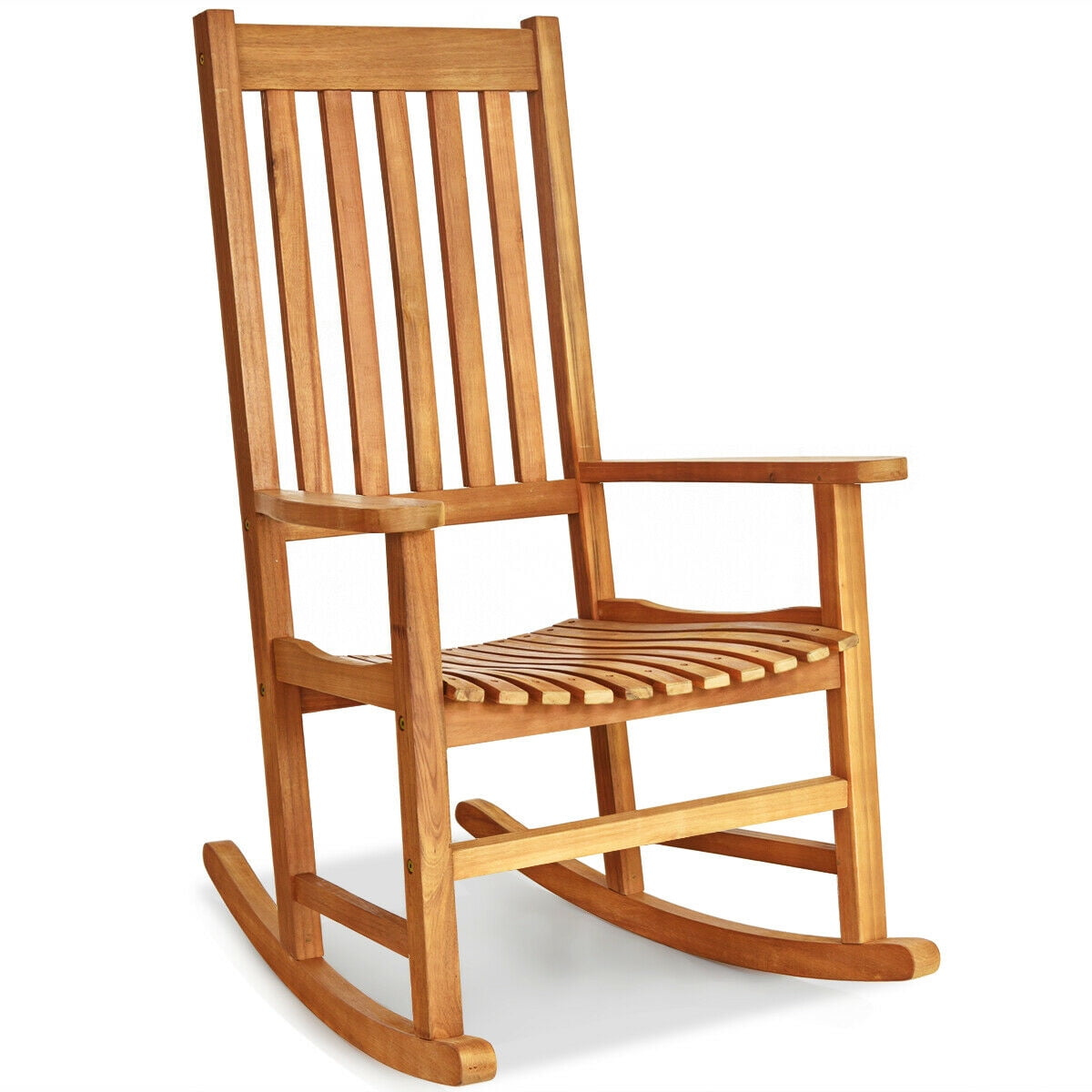Image Link: https://i5.walmartimages.com/asr/022abb70-2de2-455d-acc2-a54718a72862_1.5cf822edf93d0861f2b61f3634b7ef93.jpeg
Utilizing film stock versus a digital sensor in recording images
is the first decision a cinematographer must make. Film stock requires cutting
and taping of physical film strips and is purchased by the foot. The stock used
to be made of nitrate, a highly flammable ion causing the film strip to burn
frequently (Sharman). Film strips now are made of plastic with gelatin and
silver halide crystals (Sharman). Light hits the crystals and the crystals
darken. Red, green, and blue crystals allow for film colorization. Light can also
pass through a camera lens and hit a digital image sensor. Software converts
the light bouncing off the sensor into still images, and the images can be stored
with a hard drive. I have a new-found appreciation for black-and-white film
after reading the text. Black-and-white films are useful for dark subject
matters and are prominent for filmmakers aiming for nostalgia. Films without color
can be tough to construct because lighting and shadows need to be maintained as
if the film had color. Light fixtures in the camera’s frame likely have no
effect for the lighting in the film. Motivating the light source and direction
refers to light fixtures appearing in the frame, but out-of-camera lights performing
the lighting. Hard lighting results in hard-edged shadows and is rather intense
and focused on the subject (Sharman). Soft lighting is more diversified and even
throughout the frame, and shadows are fuzzier or are not clear. A smaller light
source closer to the subject depicts hard light, while a larger light source farther
from the subject can signal soft light (Sharman).
Close-up camera shots indicate intimacy with the frame’s
subject. Extreme long shots may be shown to convey disconnection between the
subject and another person or idea in the film. A medium long-shot shoots from
the knees up and a medium shot from the waste up. I think our film would benefit
from incorporating many different shots to give the viewer different perspectives
of the subject and background. Filming shots with negative space can isolate our
subject and question the subject’s fit in relation to the objects composing the
rest of the frame. Tilting the camera, or moving the camera up and down from a fixed
position, will enable us to highlight top and bottom shots of our object.
Panning the camera from side-to-side will allow for more of the background to
be seen. Dolly-ins and dolly-outs will contribute to the intimacy or disconnection
a viewer may feel with the centerpiece in our film. Editing in film allows unnecessary
time and events to be removed and increases the rhythm present. I never realized
a shooting ratio of 10 to 1 existed, symbolizing shooting 10 times the amount
of film needed for screentime (10 hours shot for one hour of screen-time).
Our group is going to make a film about a chair. We are not
sure on the details yet and hope to keep an element of surprise. A cutting-on-action
shot switches shots in the middle of an on-screen action. We could have a person
about to sit in the chair and then switch to a shot with the person already in
the chair. An eyeline match-cut can also serve purpose. The camera is fixated
on one of our group members, before immediately switching to a shot of the
chair. Jump cuts could be used when the chair moves locations to signify the
passage of time. If a person is talking off-camera with the chair as the only subject
in camera, we could have the person then come on camera while continuing to
talk. The shot without the person to a shot with the person would be a J-Cut. A
master-shot will be essential in setting the location of the chair at different
points in the film. Coverage shots will establish our group members’ relation
to the chair throughout the film. If we have two chairs in the film, we can use
cross-cutting shots to go in-between scenes from each chair. A wider lens would
enable more of the frame background to be seen with increased space. A telephoto
lens is a narrower view making the character or chair feel father away. We can
incorporate both lenses into our film for depiction of the chair. The chair can
be an imposing force if we place it in the center of the frame. Push-ins and
push-outs allow us to come closer to the chair or back away from the chair. Moving
closer would signal an impending suspenseful moment and pulling away would indicate
status quo.


No comments:
Post a Comment